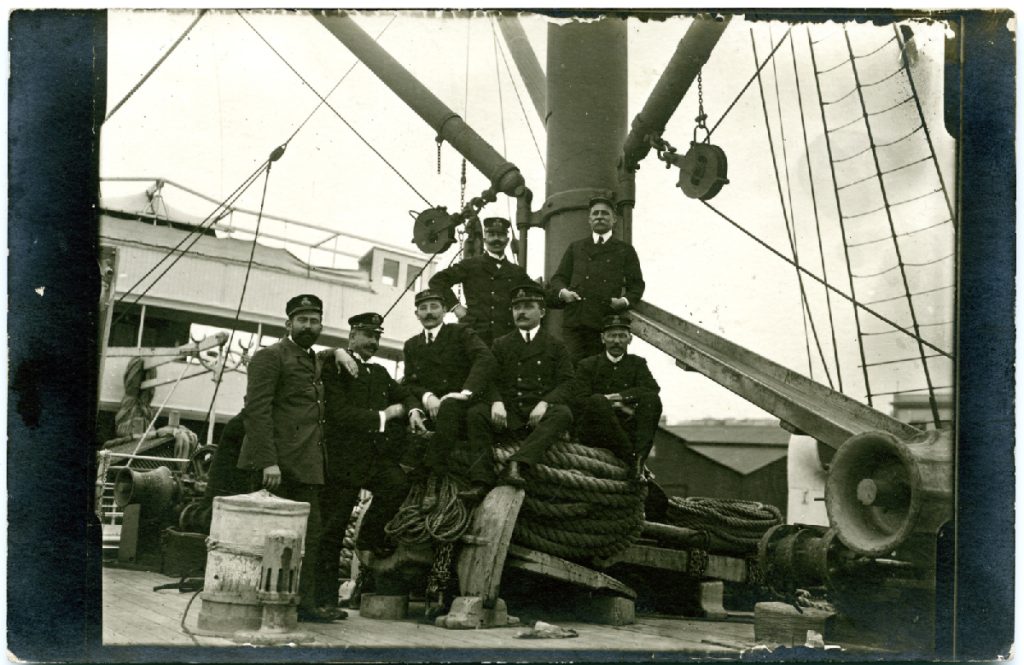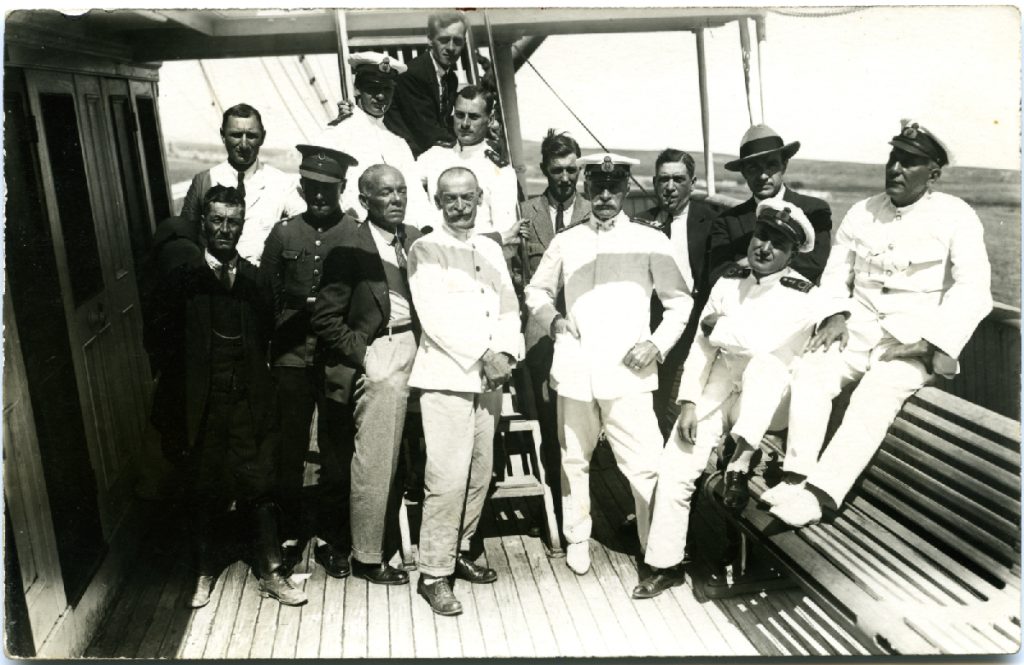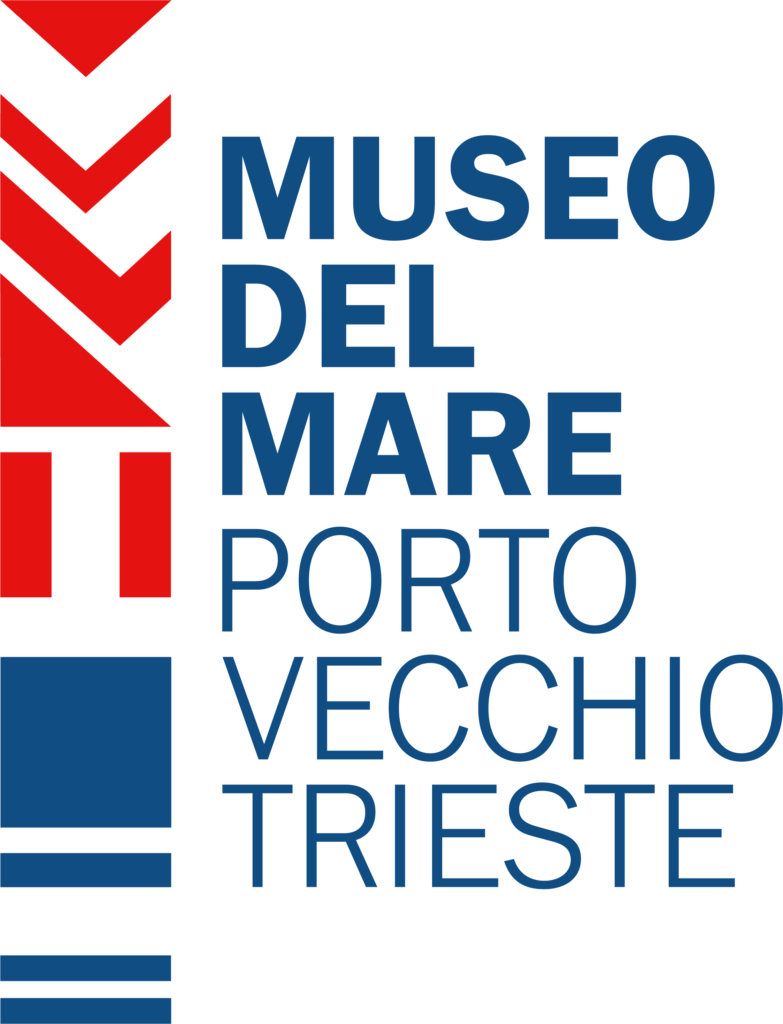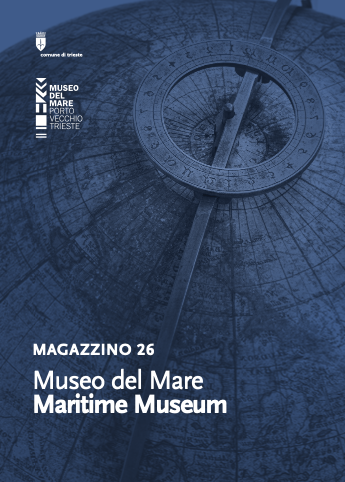
The section of the Maritime Museum dedicated to the history of the Lloyd Company has been reopened to the public on October 31, 2025, with a completely new look.
Thanks to the contribution granted by the Autonomous Region of Friuli Venezia Giulia, it has been possible to completely rethink the narrative of the events of the Austrian and Triestin Lloyd and renew the presentation of its collections.
The new exhibition combines different types of items, such as paintings, models and half-models, graphics, prints, objects, and period photographs, presenting the history of Lloyd visually and chronologically through detailed insights.
The enjoyment of the heritage is made more engaging not only by the possibility for the public to interact directly and freely with the exhibition itinerary, having the opportunity to physically open drawers and doors and discover their contents, but also thanks to the presence of digital tools and technologies.
The Maritime Museum received funding for the project “Digitization and innovation of the Lloyd section of the Maritime Museum of Trieste,” presented as part of the call for proposals published by the Autonomous Region of Friuli Venezia Giulia in implementation of the Regional Program (PR) FESR FVG 2021-2027 Objective ‘Investments in favor of employment and growth’ co-financed by the European Regional Development Fund (ERDF), thanks to which it has been possible to introduce various technologies into the new exhibition.
THE BIRTH OF THE AUSTRIAN LLOYD
At the beginning of the 19th century, Trieste was a city rich looking for new instruments to promote economic growth.
In 1833, a group of businessmen founded the Austrian Lloyd to collect and disseminate commercial and maritime information, and in 1836, the Austrian Lloyd Steamship Company was born.
This marked the beginning of a journey that illustrates the history of the Lloyd Company, one of the most important European shipping companies and among the oldest still in operation, the history of the city of Trieste and the evolution of maritime transport.
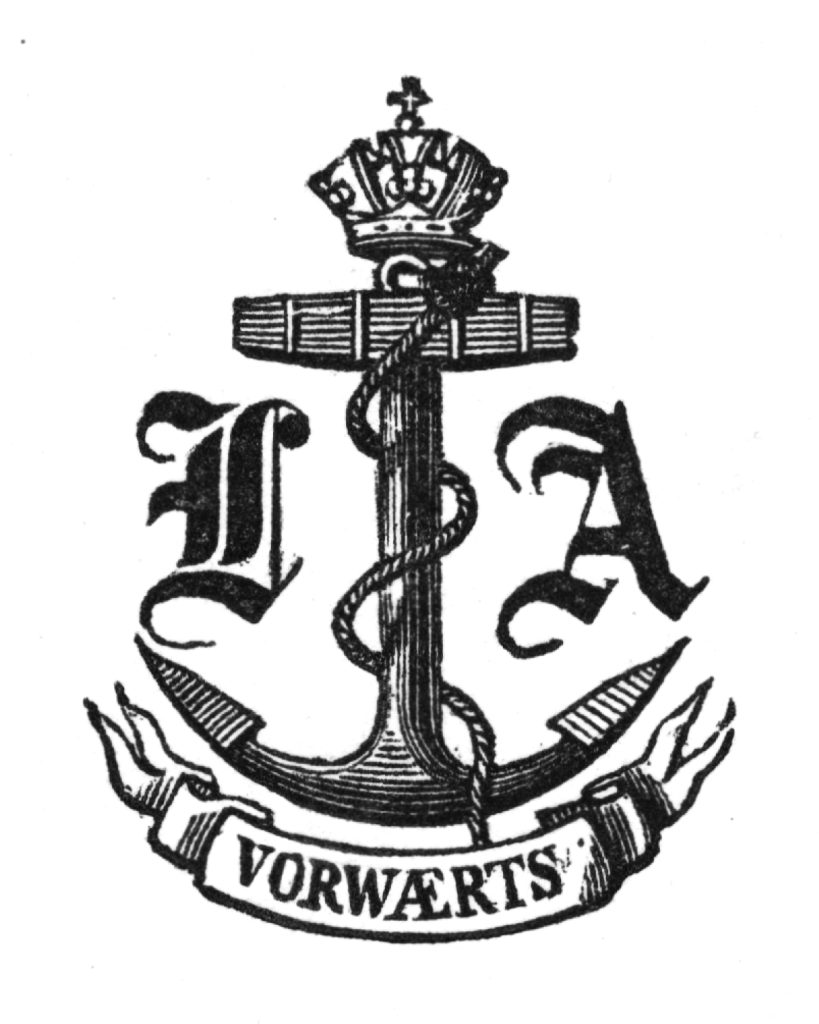
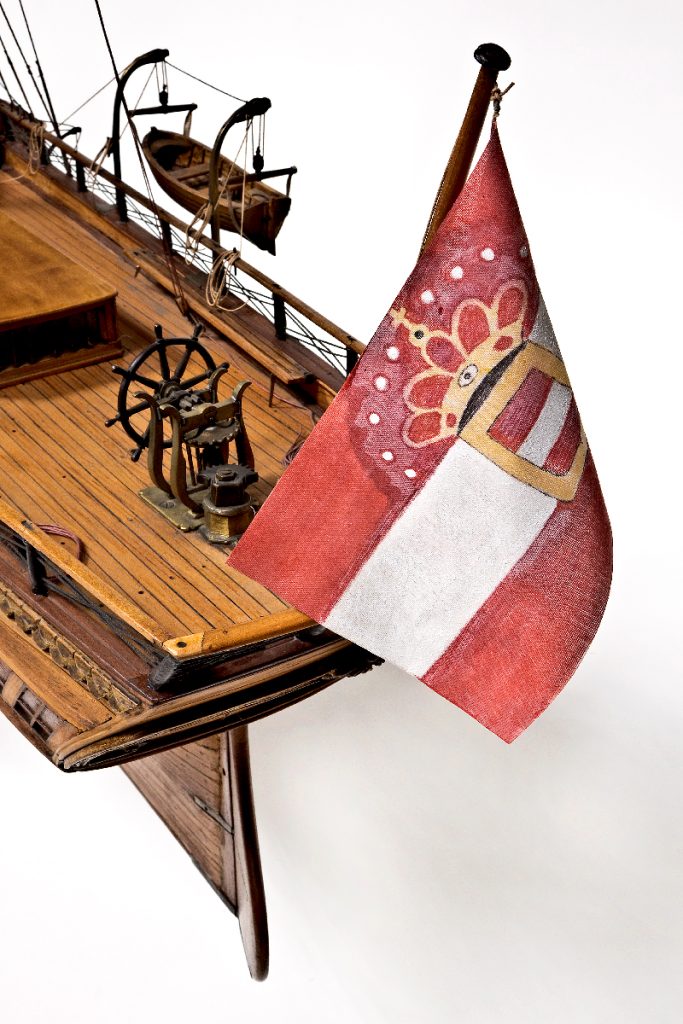
THE BEGINNINGS OF THE SHIPPING COMPANY
The company was founded with an eye to the future, its name already evoking steam transport, and its first two regular lines connected Trieste with Venice and Constantinople.
Postal traffic was managed through direct contracts with states, providing access to stable sources of income and a direct link with the Austrian government.
Technology evolved rapidly, and within a few years, iron ships and propeller propulsion became established. Lloyd quickly adopted these innovations, while the network of connections expanded and the busiest routes received more frequent services.

THE GROWTH OF ACTIVITIES
The expansion of the fleet paved the way for a shipyard project: construction work began in 1853 and operations in 1856.
To support all the activities, a company printing house was also established in 1842.
With the completion of the Vienna-Trieste railway in 1857 and the subsequent construction of a new port, Lloyd’s position in Trieste’s economy became more prominent and required a prestigious headquarters: the building was inaugurated in 1883, forming one of the curtain walls that enclose the city’s main square.
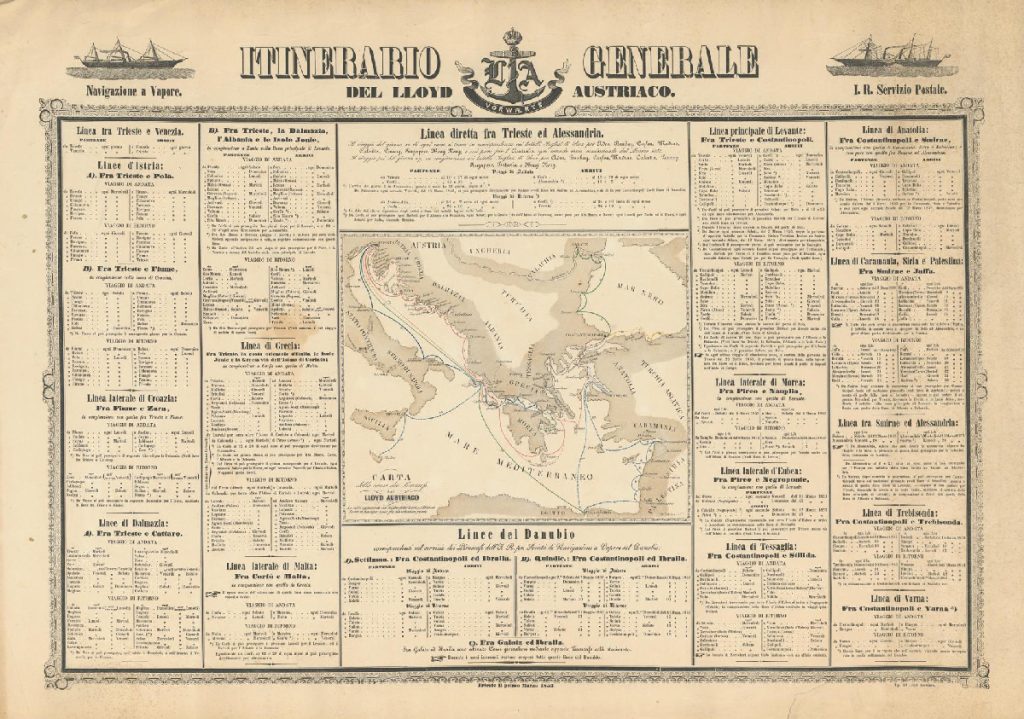
THE CULMINATION OF AN ERA
Between the 19th and 20th centuries, Lloyd continued to expand and modernize its fleet, with costs increasingly covered by the state. The number of voyages grew, and the company’s routes extended to Hong Kong, Shanghai, and Yokohama.
Times were changing, and at the turn of the century, the company faced its first labor disputes: in 1902, stokers went on strike, which was harshly repressed by the police.
But in 1911, the company celebrated its 75th anniversary and reached the peak of its activity during those years.
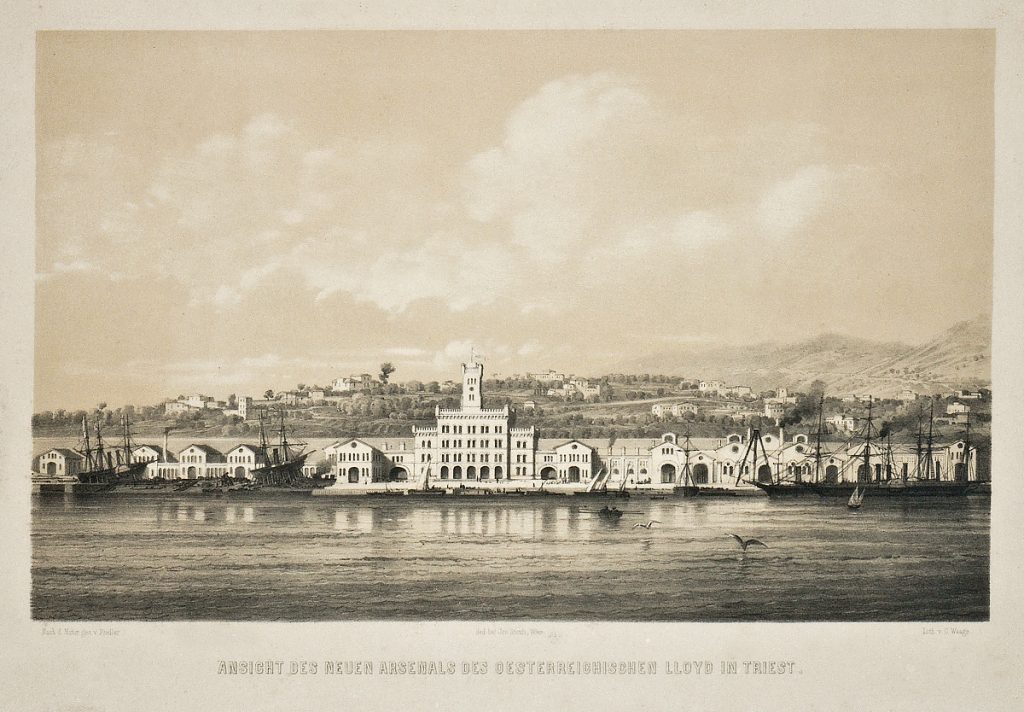
FROM WORLD WAR I TO LLOYD TRIESTINO
World War I led to the dissolution of the Austrian Empire and the annexation of Trieste by Italy, but despite the damage, Lloyd, which was renamed Triestino, reactivated its first connections as early as 1919.
In 1922, the company underwent its first reorganization and and the names of the ships were replaced with Italian equivalents.
Subsequently, the company was handed over to the Cosulich family, nationalized in 1933, and then became part of the Finmare group.
In the 1930s, the company expanded again with over eighty ships and passenger services to the Mediterranean, America, Asia, and Australia.
ADVERTISING GRAPHICS
At the end of the First World War, Lloyd needed to find a new visual identity. Bruno Astori (1893-1974), director of the press office, marked a turning point with a team of graphic designers who succeeded in giving the company a modern image.
In 1925, the magazine Sul mare was launched, promoting the new identity and becoming the official magazine of Italian shipping companies.
Available on board ships, in agencies, and in hotels, the magazine was a combination of image, information, and propaganda, reflecting the role that advertising was assuming in a society that was becoming mass-oriented.
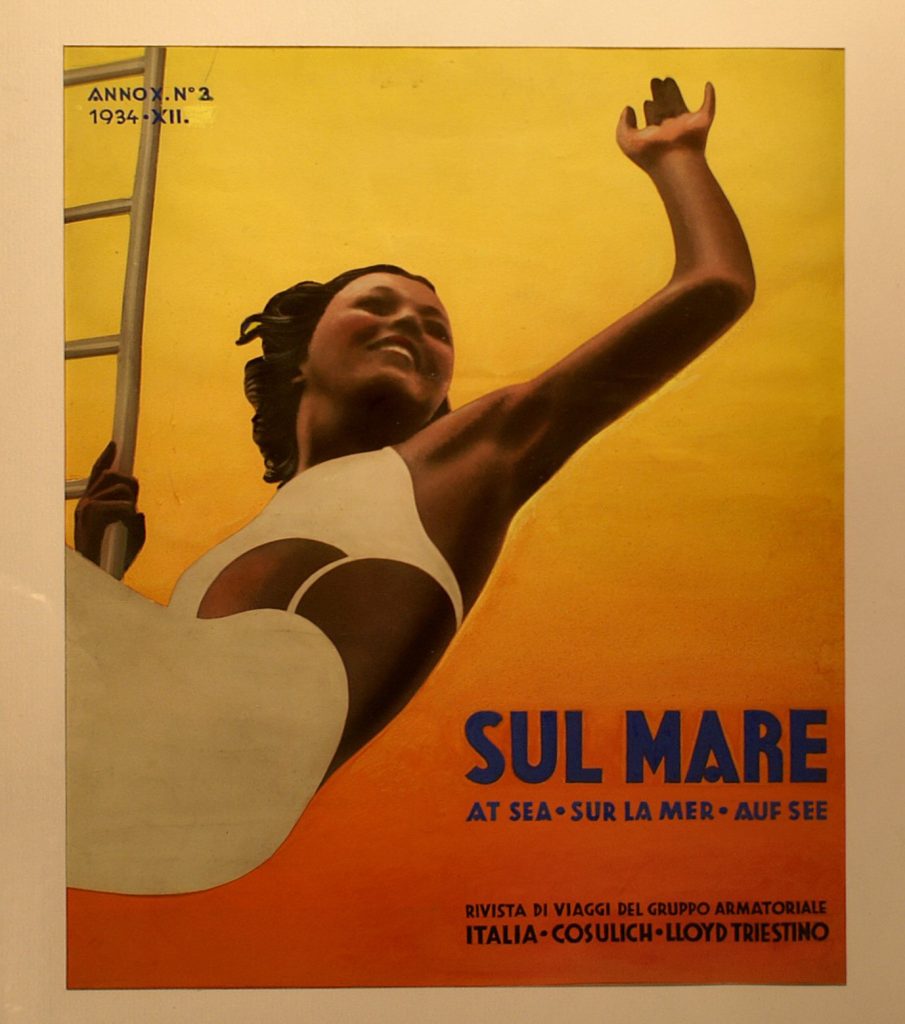
LIFE ON BOARD
At the beginning of the 20th century, the image of the modern passenger ship was consolidated, characterized by a new layout and division into classes. Voyages could last several days, so accommodations had to be comfortable, and numerous areas, differentiated by class, were available to passengers.
Lloyd’s ships stood out for their luxury and comfort, and life in first class was marked by breaks in the reading rooms, walks on the decks, games and sports, and lunches and dinners worthy of the most renowned hotels.
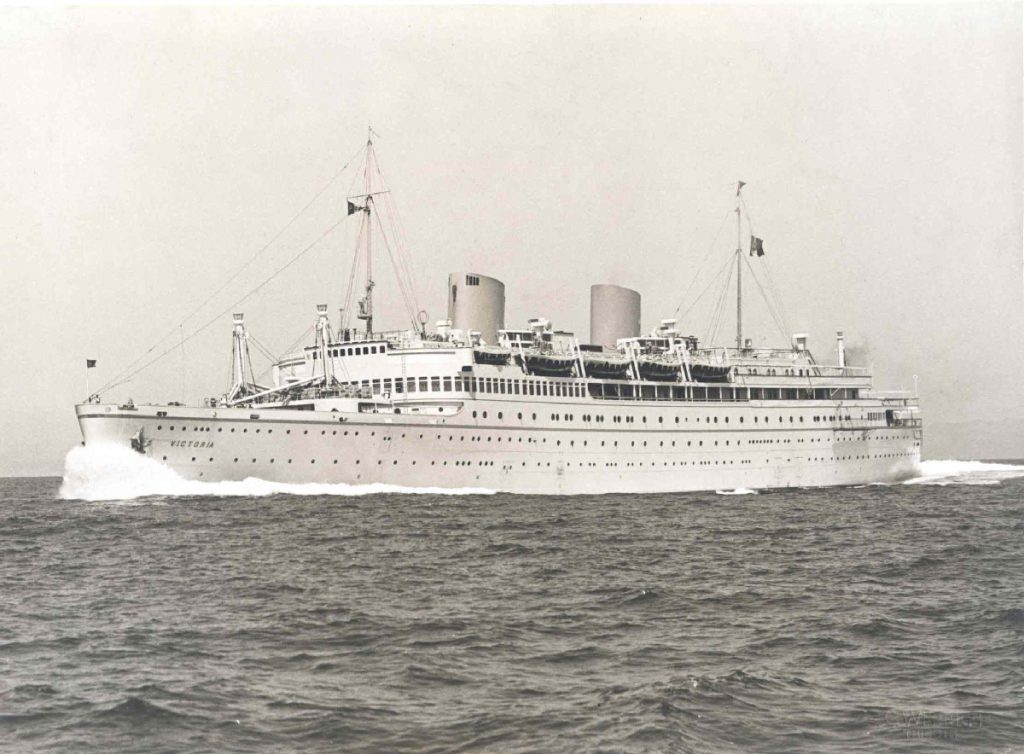
VICTORIA
The liner Victoria, launched in 1930, ushered in a change in the concept of naval furnishings. Historical styles were abandoned in favor of a combination of design, art, and engineering.
The collaboration between engineer Costanzi, architect Pulitzer Finali, and artists such as Mascherini and Campigli gave shape to a ship that became a symbol of the 1930s, to which Domus magazine dedicated a special issue for the modernity of its design and artistic features.
Originally built to sail the route to Alexandria, it later moved on to Bombay and Shanghai, becoming particularly popular with international customers.

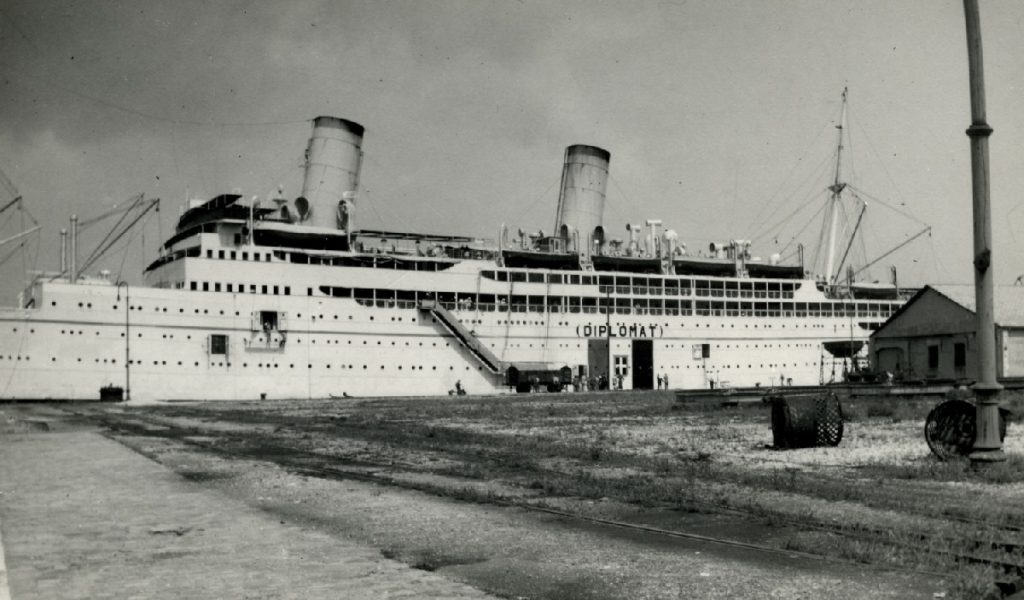
NEW MIGRATIONS
The effects of World War II were devastating for both infrastructure and the fleet. The immediate post-war agenda was dictated by the change of international powers and the city’s situation under Allied government until 1954.
Lloyd managed to quickly rebuild a new modern and elegant fleet. The main activity was scheduled service and the wave of migration from the city to Australia in search of a better life played a significant role.
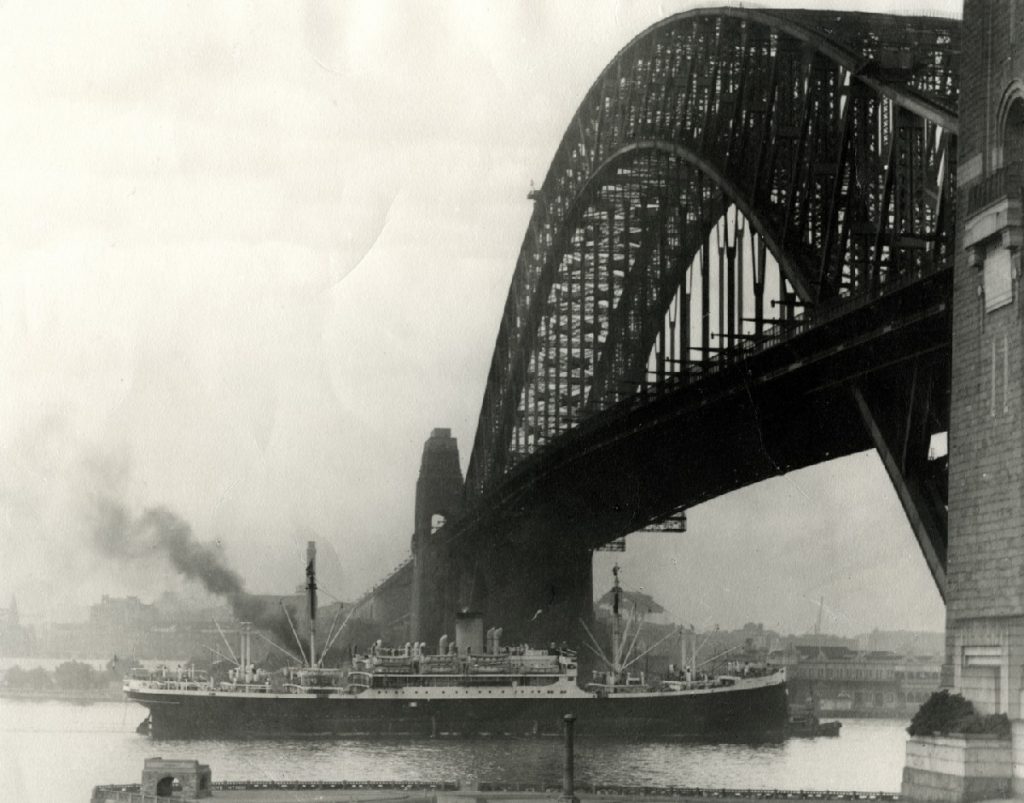
AUSTRALIA AND THE OTHERS

In 1950, three passenger ships were launched for service to Australia: the Oceania, the Neptunia, and the Australia.
For the Australia, sculptor Marcello Mascherini created a pair of wooden statues: the Kangaroo, which has been lost, and the Aborigine.
In 1952, the motor ships Africa and Europa resumed service to Cape Town, and the following year, the Asia and Victoria II resumed service to the East.
In 1963, Lloyd Triestino’s last two passenger ships were launched: the Galileo Galilei and the Guglielmo Marconi.
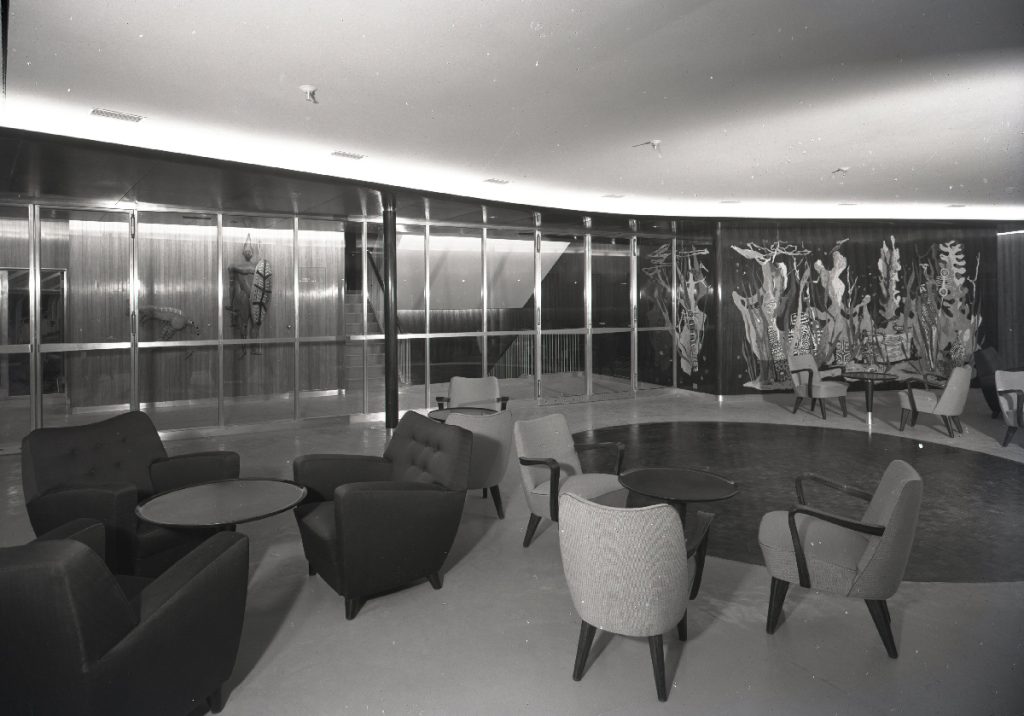

THE BIRTH OF CONTAINER SHIPS
The 1960s saw the gradual spread of air travel for passengers, while in freight transport, the use of containers necessitated new port facilities.
The standardization of transport favored international networks, and Lloyd, a pioneer in the use of containers in the Mediterranean, became the local branch of international associations that made it effective in the new era of globalization.
In 1998, Lloyd was acquired by the Dutch company Balsam Estate, part of Taiwan’s Evergreen Group, and in 2006 it became Italia Marittima: one of the oldest companies still in business.

